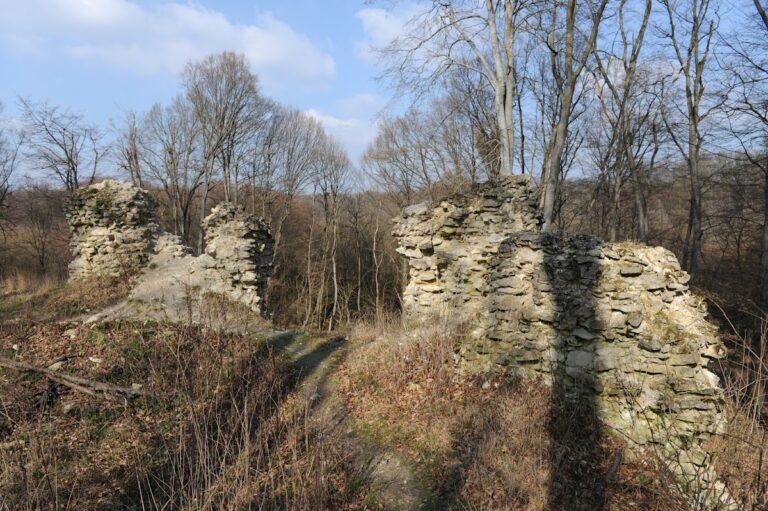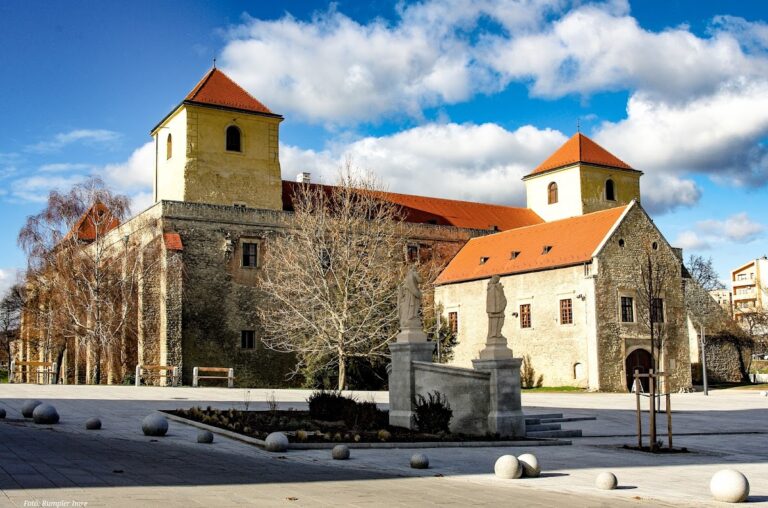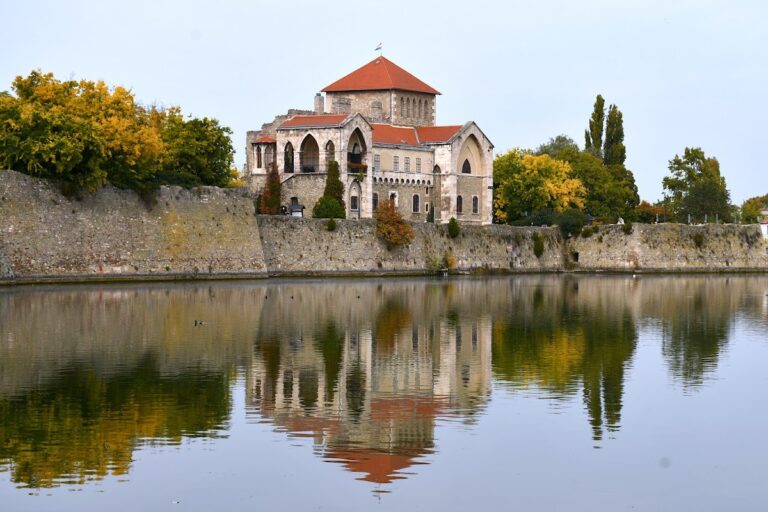Csókakő Castle: A Medieval Fortress in Hungary
Visitor Information
Google Rating: 4.7
Popularity: Medium
Google Maps: View on Google Maps
Official Website: varlexikon.hu
Country: Hungary
Civilization: Unclassified
Remains: Military
History
The Castle of Csókakő is situated in the municipality of Csókakő, Hungary, and was constructed during the medieval period by Hungarian nobility. Its origins trace back to the late 13th century within the Kingdom of Hungary, serving as a strategic stronghold given its commanding position over a historic military route.
The earliest written record of the castle dates to 1299, when it was owned by István, son of Márk, a supporter of King Charles I of Anjou. This connection reflects the castle’s role in the power struggles that solidified Anjou rule over Hungary. In 1326, concerned about the rise of local magnates, King Charles I acquired the castle himself to prevent it from becoming the center of an overly powerful noble estate. Thereafter, the castle was managed by the royal ispán (county head) of Fejér County, who also acted as castellan, overseeing both the fortress and the surrounding population.
During the 15th century, the castle was led by István Rozgonyi, a notable nobleman and castellan who distinguished himself by saving the king’s life during the 1428 Battle of Galambóc against Ottoman forces. The Rozgonyi family later died out, and ownership passed through several hands, including János Corvinus, the illegitimate son of King Matthias Corvinus, and Tamás Bakócz, a prominent church figure and statesman.
With the rise of Ottoman power in the region, the castle’s military significance declined in the 16th century. Its relatively small size and older fortifications were ill-suited to withstand advances in artillery and the reach of Ottoman forces. After the strategic city of Székesfehérvár fell to the Ottomans in 1543, Csókakő Castle was surrendered without fighting in 1544. Under Ottoman rule, it functioned as a forward observation post, staffed by a garrison of 33 janissaries, elite Ottoman infantry soldiers, as recorded in a 1552 payroll.
The castle remained under Ottoman control until the autumn of 1687, when it was freed during the Habsburg-led campaign to drive the Turks out of Hungary. Following its liberation, it ceased to serve any military purpose.
Interest in the historic value of the castle reemerged during the mid-19th century, led by archaeologist Flóris Rómer, who recognized its cultural importance. The first official archaeological survey was carried out in 1885 by József Könyöki, followed by further studies by Géza Csernó in 1897. In 1953, the castle was designated as a protected monument. Partial excavation and restoration efforts took place from 1960 to 1963 but were interrupted.
Renewed conservation work began in 1995 through the efforts of the Csókakő Castle Friends Society, which organized further archaeological digs and restoration initiatives. Supported by significant funding, these projects continued into the 21st century. Since 2017, the castle’s renovation has been incorporated into Hungary’s National Castle Program, ensuring ongoing preservation.
Remains
The Castle of Csókakő is set atop a rocky plateau on the slopes of Csóka Hill, at an elevation of 479 meters, positioned at the edge of the Vértes Mountains. Its natural setting provided strong defensive advantages, with steep rock cliffs enclosing the site on three sides. These natural barriers were enhanced by artificial moats carved directly into the rock, adding layers of protection against assault.
The oldest section, known as the upper castle, was built in the 13th century and covers a roughly rectangular area measuring approximately 28 by 15 meters. This core fortress included a three-story trapezoidal tower located at the northeastern corner. The tower was linked to a palace wing, serving as both a fortified lookout and residential space. South of this tower lay the castle courtyard, featuring a cistern house at its center, which collected and stored rainwater crucial for sustaining its occupants during sieges.
In the 15th century, the noble Rozgonyi family expanded the fortress by constructing a larger enclosure around the original upper castle, known as the lower castle. This addition increased the castle’s footprint to nearly three times its original size, reflecting the changing needs of defense and habitation. Today, the surviving gate tower belongs to this lower castle complex, marking the main point of entry during that period.
Between these two fortifications, on a terrace, a chapel was established in the 15th century. While only the pillars of the sanctuary have survived, the presence of the chapel indicates the religious life maintained within the castle walls.
During the Ottoman occupation, although formal excavations have not confirmed its remains, historical sources such as a 1690 sketch and the travel diary of Evliya Çelebi—a noted Ottoman traveler—mention that a mosque existed within the castle. This suggests the castle was adapted to suit the religious and administrative requirements of its Ottoman garrison.
Today, the castle’s ruins stand as a blend of medieval Hungarian and Ottoman periods, reflecting its complex history through the surviving structural elements and archaeological layers uncovered during digs and conservation efforts.










